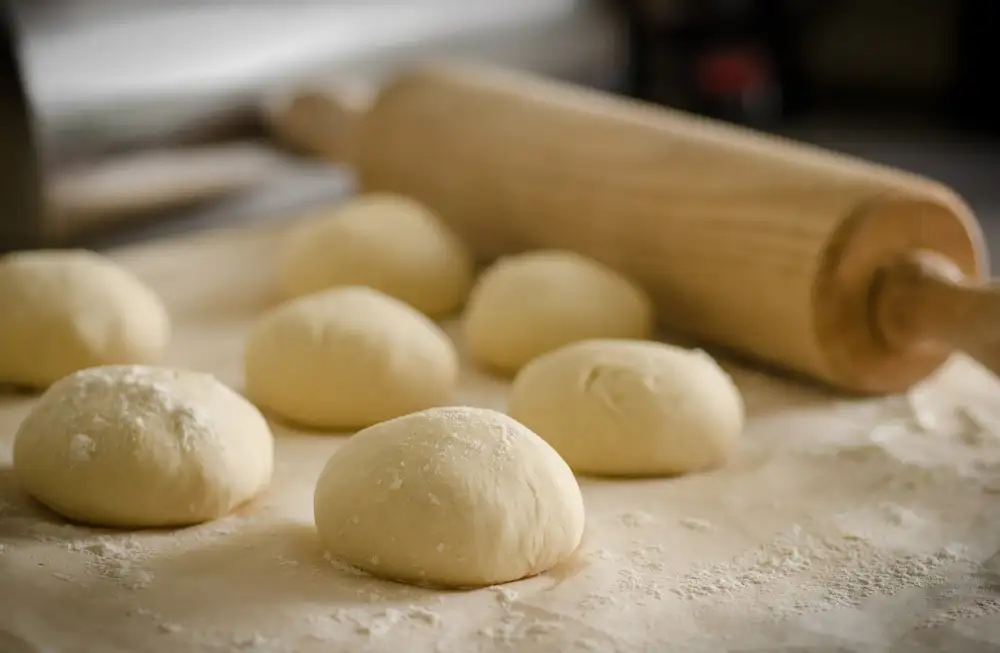Master the Art of Baking with Bread Flour: Elevate Your Bread Recipes to Perfection!

Bread flour is a key ingredient in baking that plays a crucial role in achieving the perfect loaf of bread. With its high protein content ranging from 12-14%, bread flour is essential for gluten development, which gives bread its structure and texture. Gluten, formed when water is mixed with flour, provides the elasticity needed for dough to rise and hold its shape during baking. This makes bread flour ideal for recipes where a strong gluten network is required to trap carbon dioxide produced by yeast, resulting in light and airy bread.
Types of Bread Flour:
When it comes to baking bread, choosing the right type of flour is crucial. There are various varieties of bread flour available, each tailored for specific recipes. All-purpose bread flour is a versatile option suitable for most bread types, offering a moderate protein content ideal for everyday baking. Whole wheat bread flour, on the other hand, provides a nuttier flavor and denser texture due to its higher bran and germ content.
Specialty blends like high-protein or gluten-free bread flours cater to specific dietary needs or desired outcomes in baking. These variations in protein content and gluten strength play a significant role in determining the final texture and structure of your baked goods. Experimenting with different types of bread flour can elevate your recipes to new heights, offering unique flavors and textures that suit your preferences.
Benefits of Using Bread Flour:
Bread flour offers numerous advantages when it comes to baking bread. Its high protein content, typically around 12-14%, is essential for gluten development, resulting in improved texture and structure in bread. The gluten formed from the protein in bread flour gives dough elasticity and strength, allowing it to trap carbon dioxide produced by yeast during fermentation. This leads to enhanced rise and volume in baked goods, creating a light and airy texture that is ideal for various types of bread, from sandwich loaves to artisanal boules.
Substitutes for Bread Flour:
When bread flour is not available, alternatives like all-purpose flour or whole wheat flour can be used with adjustments. All-purpose flour has a lower protein content than bread flour, so it may result in slightly less gluten development and a softer texture in the final product. Whole wheat flour adds a nutty flavor and denser texture due to its higher bran content. For gluten-free options, blends of rice flour, tapioca starch, and xanthan gum can mimic the properties of bread flour for those with dietary restrictions.
Tips for Using Bread Flour:
When working with bread flour, proper storage is essential to maintain its freshness and quality. Store bread flour in an airtight container in a cool, dry place away from direct sunlight. It's important to measure the flour accurately by spooning it into a measuring cup and leveling it off with a knife for precise amounts. When incorporating bread flour into recipes, mix it thoroughly with other ingredients to ensure even distribution of gluten for optimal texture and rise in your baked goods.
Popular Recipes Using Bread Flour:
Bread flour is a versatile ingredient that can elevate various bread recipes to perfection. From classic sandwich bread to artisanal sourdough, the high protein content in bread flour helps create a desirable texture and structure in baked goods. For a sweet treat, try making cinnamon rolls or brioche using bread flour for a light and airy finish that will surely impress your taste buds. Experimenting with different types of bread flour can lead to diverse flavor profiles and delicious results in your baking endeavors.
**Conclusion:**
In conclusion, mastering the art of baking with bread flour is essential for achieving perfect bread recipes. The high protein content in bread flour plays a crucial role in gluten development, leading to improved texture and structure in baked goods. By experimenting with different types of bread flour such as all-purpose, whole wheat, or specialty blends, bakers can explore a wide range of flavor profiles and create diverse culinary delights. Embrace the versatility of bread flour and elevate your baking skills to new heights!
Published: 10. 04. 2024
Category: Recipes



